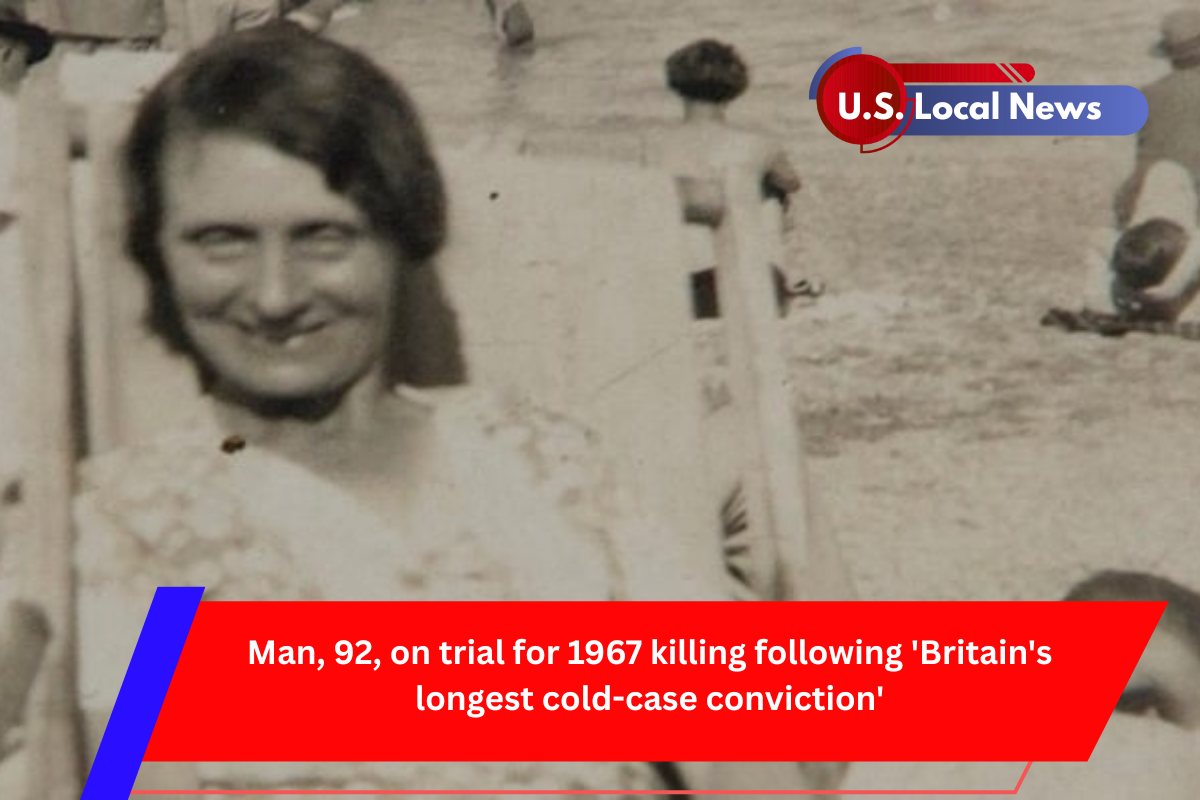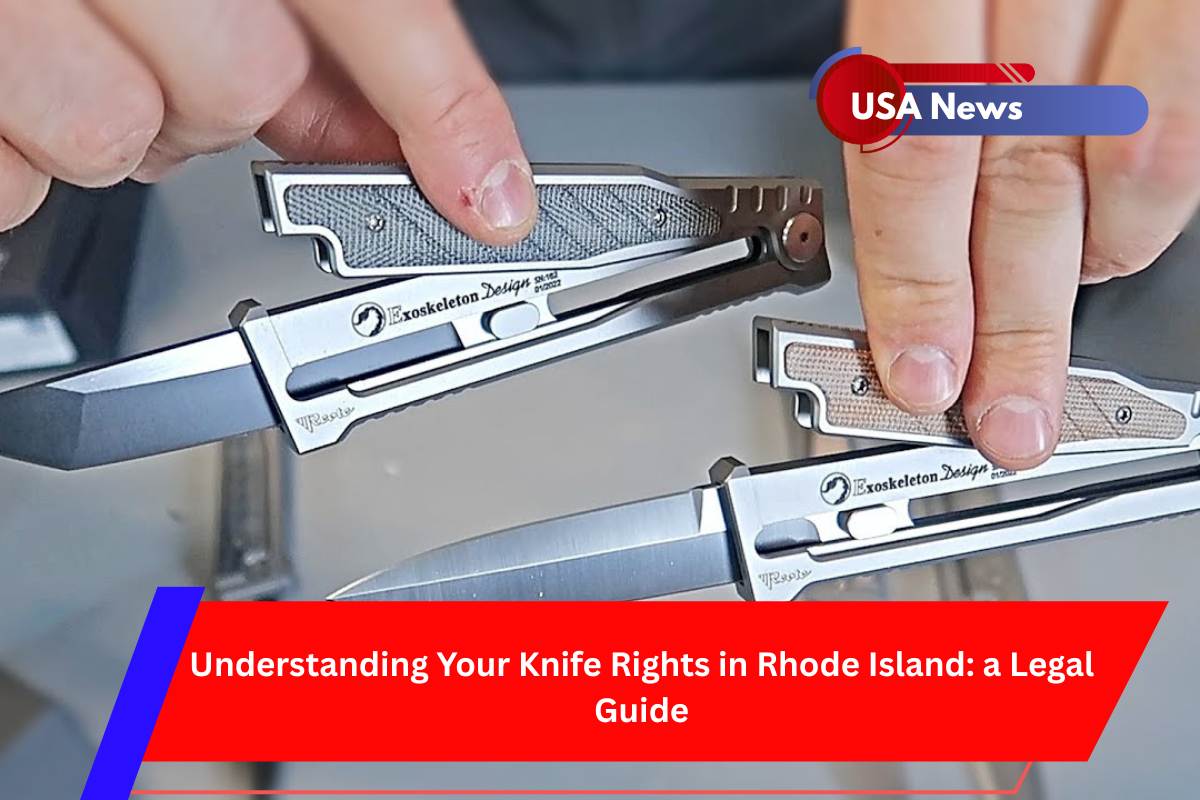A 92-year-old man was arrested for a 1967 murder following a DNA discovery, a court heard.
Ryland Headley is accused of raping and murdering Louisa Dunne, 75, after forcing his way into her Bristol home in June of that year.
Nearly 58 years later, Headley is on trial at Bristol Crown Court for what is thought to be Britain’s longest-ever cold case arrest.
Last year, forensic scientists examined semen found on the victim’s skirt and pubic hair for DNA, a procedure that would have been impossible at the time of the murder, the court heard.
“The semen matched Headley’s DNA with a match ratio, which meant it was a billion times more likely to be Headley’s DNA than that of someone else,” prosecutor Anna Vigars KC told the court.
Mrs Dunne’s body was discovered by neighbours inside her home on Britannia Road, in the city’s Easton area, on the morning of June 28, 1967.
Mrs Vigars stated: “A number of the local women were concerned about Mrs Dunne because they had not seen her since the morning, and they also noticed that a sash window was open at the front of the house.” It was unusual for her to not be out on the doorstep.
“So two local women, Violet Allen and Hilda Stedman, looked through the window and called for her through the letterbox, but received no response.
“When Violet Allen looked through the window, she saw Mrs Dunne’s legs by the side of the table and, with the help of two other women, climbed in and went over to her. Violet Allen grabbed Mrs Dunne’s hand and knew she was dead because it was ice-cold.”
Mrs Dunne was discovered lying on a pile of old clothes, and police discovered no evidence of a violent struggle in the home.
According to the court, the pathologist at the time concluded that bruises on her lips indicated “a hand had been forcibly held over her mouth”.
Swabs taken from Mrs Dunne’s body tested positive for sperm, but scientific investigations at the time were restricted.
Mrs Vigars stated that police also discovered a palm print in a window at Mrs Dunne’s home. It was compared to the records of thousands of men and boys, but no match was discovered.
The court heard that Headley was living with his wife about a mile and a half from Mrs Dunne at the time of the murder and had left Bristol shortly after.
After some work in 2009 and 2014, the case was re-examined in 2023, and DNA testing of the swabs the following year confirmed Headley. He was arrested in November of last year, and for the first time, his palm print was compared to that of the 1967 suspect.
“When his palm prints were compared with the prints from the window in Britannia Road, the fingerprint experts employed by the police came to the conclusion that the palm print on the window was caused by Mr Headley’s hand,” Mrs Vigars explained.
“In response to all of this, we understand that Mr Headley’s position is simply that he has no recollection of ever having had visited Mrs Dunne’s home, or of having sexual intercourse with Mrs Dunne, that he certainly did not rape her, and that he did not kill her.”
The jury was told that Headley had been imprisoned for raping two elderly women whose homes he had broken into in 1977, threatening them with violence if they refused.
He also requested that his fingerprints be taken into account when he was sentenced for ten additional overnight burglaries committed between 1973 and 1978 of homes.
“We say that these offences demonstrate to all of us that Mr Headley has a tendency to act in exactly the same way that we say that he did back in 1967 – in other words, to break into people’s homes at night and, in some cases, to target an elderly woman living alone, to have sex with her despite her attempts to fend him off, and to threaten violence,” commented Mrs Vigars.
“Behaviour that he had already used, we suggest, back in 1967 on Mrs Dunne – the difference being that in that case his violence killed her.”
Headley, of Clarence Road in Ipswich, Suffolk, is accused of raping and murdering Ms Dunne on June 26-29, 1967. He denies both charges.











